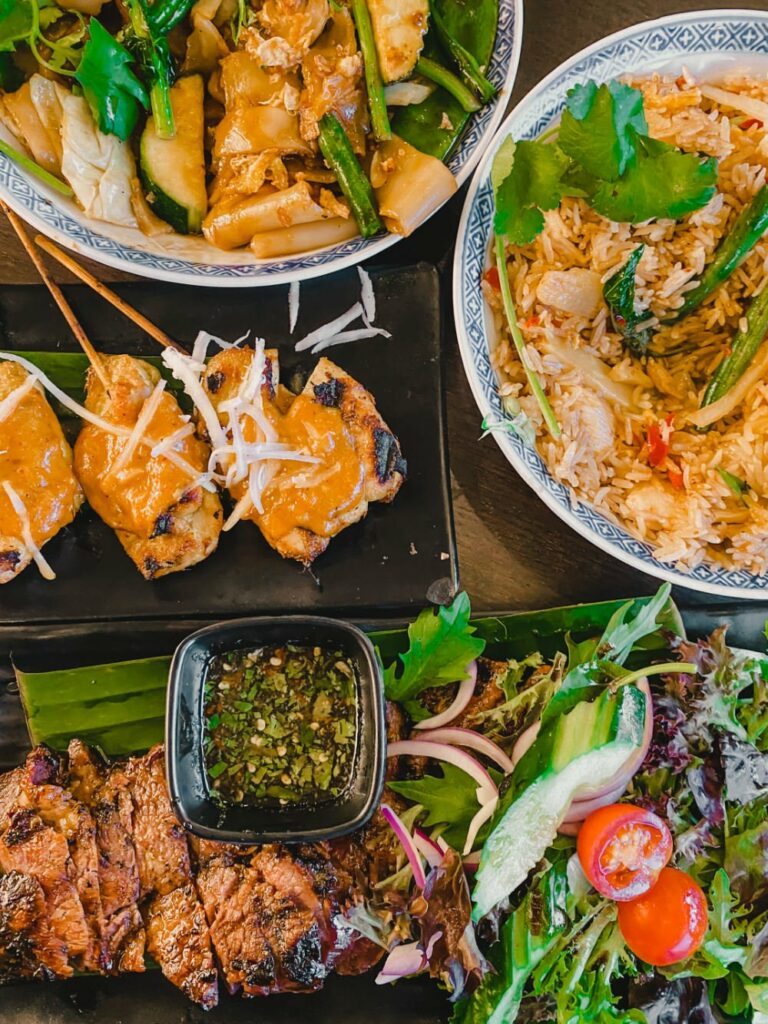Introduction: Religious Significance of Food in the Holy See
Food has been an integral part of religious ceremonies across different cultures and religions. The Holy See, the governing body of the Catholic Church, is no exception. Food plays a vital role in Catholic rituals, from the communion wafer and wine to the Easter lamb and Christmas pudding. The consumption of food during religious ceremonies is symbolic of the faithful’s spiritual nourishment and union with God.
The Role of Communal Meals in Religious Ceremonies
Communal meals, also known as agape or love feasts, have been a part of Christian worship since the early church. In the Holy See, communal meals are often held after Mass and signify the bond of fellowship and unity among the faithful. These meals are typically simple and consist of bread, wine, and other basic foods. The act of sharing food with one another reflects the shared belief in Christ’s love and sacrifice.
The Significance of Bread and Wine in Holy Communion
The Eucharist, also known as Holy Communion, is one of the most significant sacraments in the Catholic Church. During Mass, the priest consecrates bread and wine, which are believed to become the body and blood of Christ. The faithful receive the bread and wine as a symbol of their union with Christ and his sacrifice. The Eucharistic bread is typically made using unleavened flour, symbolizing the unleavened bread eaten during the Passover by the Jews.
Fasting and Abstinence as Religious Practices
Fasting and abstinence are religious practices observed by the Catholic Church. Fasting involves consuming only one full meal per day and abstaining from meat on Ash Wednesday and Fridays during Lent. Abstinence refers to avoiding meat on Fridays throughout the year. These practices are intended to cultivate spiritual discipline and self-control, as well as to reflect on the sacrifice of Christ.
Special Dishes for Religious Festivals and Saints’ Days
The Holy See has several special dishes associated with religious festivals and saints’ days. For example, on Good Friday, hot cross buns are traditionally eaten, symbolizing the crucifixion of Christ. On Saint Joseph’s Day, zeppole, a pastry filled with cream or custard, is often consumed. On Christmas, a variety of dishes are eaten across different cultures, including mince pies, yule log, and panettone.
Conclusion: Food as a Symbol of Faith in the Holy See
Food plays a significant role in the religious ceremonies of the Holy See, reflecting the faithful’s spiritual nourishment and union with God. From communal meals to the Eucharist, fasting, and special dishes for festivals and saints’ days, food is a symbol of faith that unites the faithful in their shared beliefs and practices. As the saying goes, “We are what we eat,” and in the Holy See, the food we consume is a reflection of our faith and devotion.

